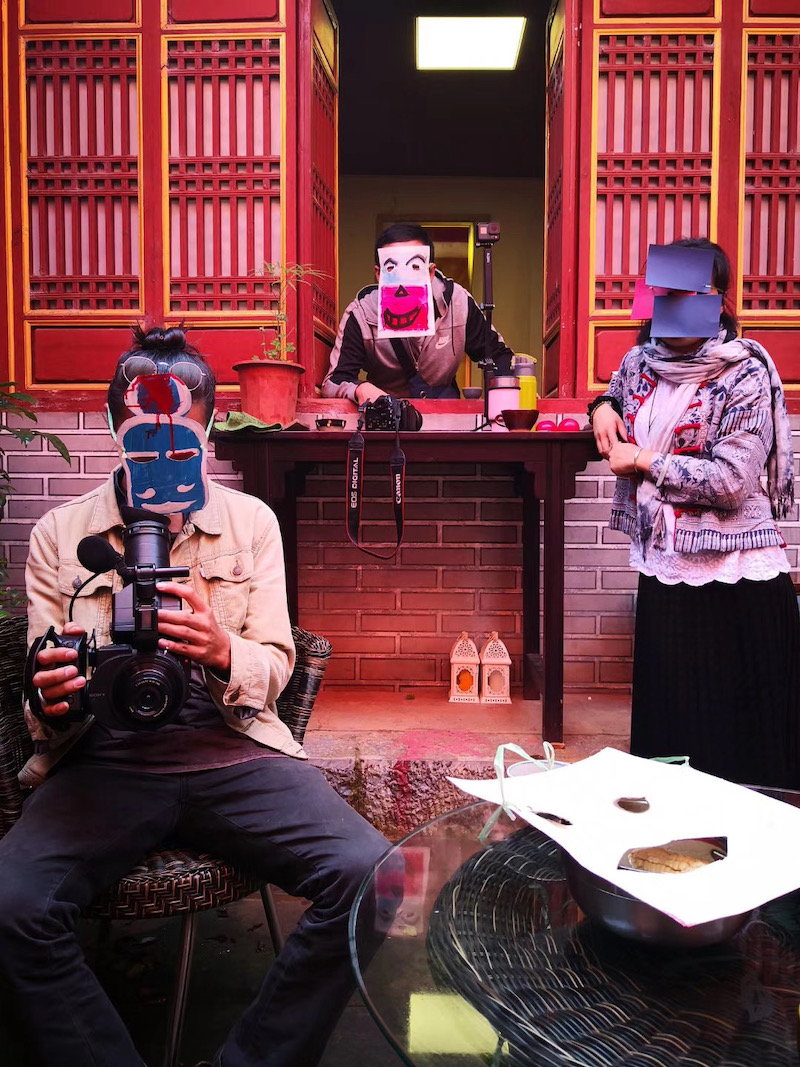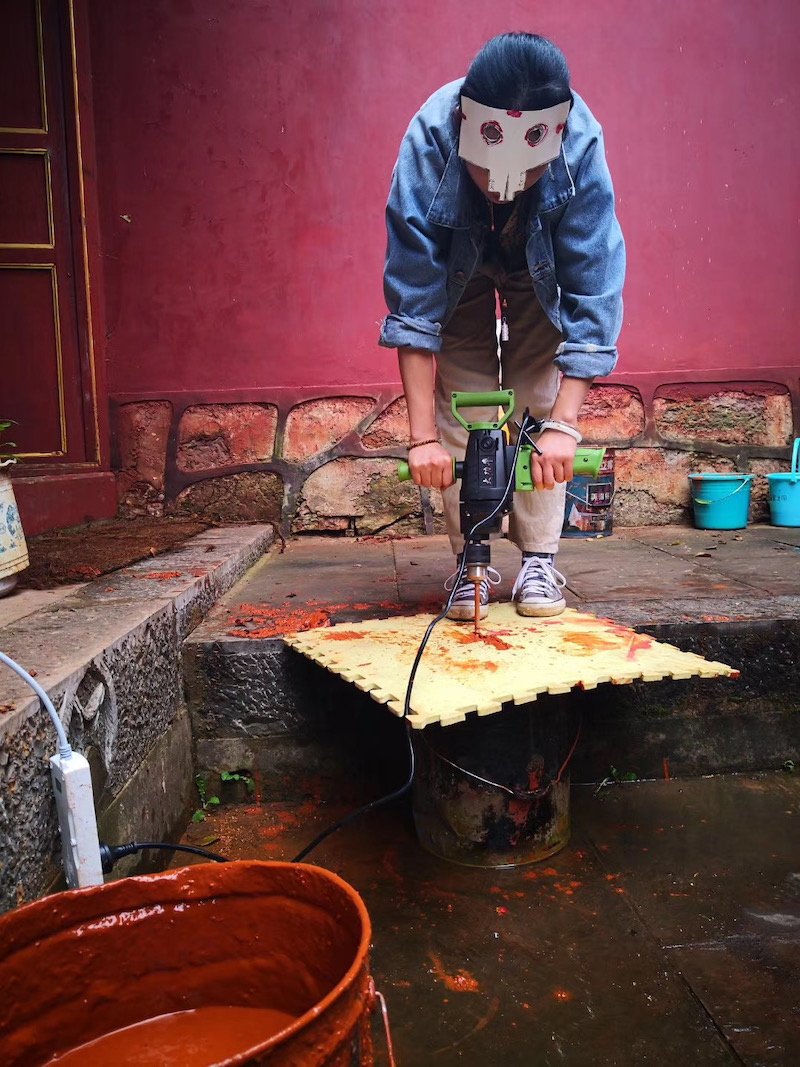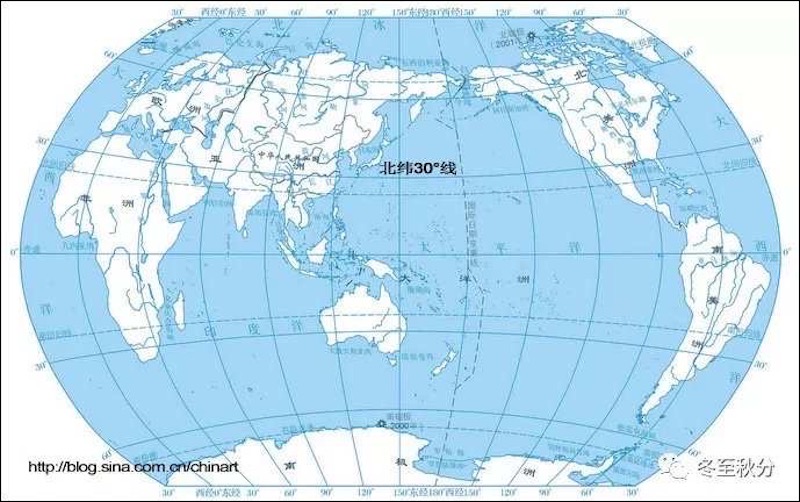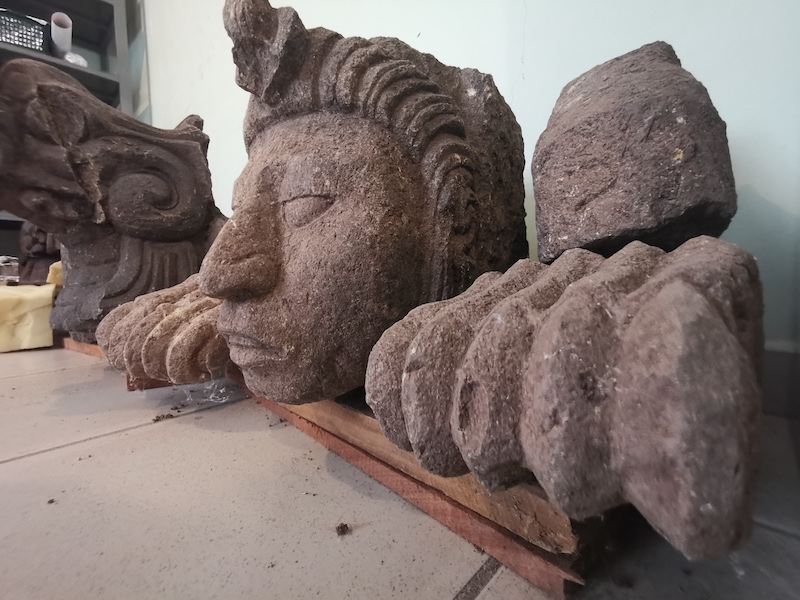The ChuangTzu Project

The ChuangTzu Project is a public experimentalart collective initiated and executed by conceptual artist Mu Yuming. We are based in rural Anning, in Yunnan Province. ChuangTzu is the proud partner of local government organization and of the area's largest Taoist temple. We actively participate in and support China's "rural revitalization program". Our aim is to benefit all members of our community. The ChuangTzu collective brings together artists from different cultural backgrounds to take part in a global exchange platform spanning multiple disciplines. It opens a window for the world to understand traditional Chinese culture, while at the same time nourishing dialogue between Eastern and Western thought and practice, in a joint effort to discover and explore the ideal lifestyle of human beings!

ChuangTzu (Õ║äÕŁÉ) An ancient Chinese text from the 4th century B.C. that exemplifies the carefree nature of the Taoist sage. It was written by Zhuang Zhou, who was a follower of LaoTzu. The teachings of the ChuangTzu have endured and are with us still, as if an ancient farmer has come to our presenttime bearing a seed. This seed is an energy, a spirit, that we have all but forgotten. This seed helps us realize how incredible it is to be alive, and how important it is to empower ourselves from within. It is a seed that we plant together, that we water and nurture, dreaming that one day it will grow into a heaven on earth. We are cultivating art. When our art blossoms, we will brew these blossoms into good, strong medicine.

Art is good medicine. We can use it to seek better paths, better ways of life for human society. Art has the power to challenge our beliefs, to open our minds and spirits, and to heal us.
If given pause to think about it, most people would agree that art makes a positive contribution to our daily lives. We consume artistic expression on a daily basis -- be it in the form of written or spoken words, video content, visual art, or music. Yet, we often take a passive position toward art: we see it as something ubiquitous that we can take in at will, with little regard for where it comes from or how we might give back to it.
We take artists for granted. We tend to believe that artistic production will continue regardless of whether artists receive consistent support and resources. The notion of the starving artist has become a clich├®.
Except it isnŌĆÖt a clich├®. What we see on the surface of the ŌĆ£art worldŌĆØ -- broadly defined -- is not at all reflective of the struggles of artists in the real world. Young artists bursting with ideas and energy too often face insurmountable obstacles to their creative production. They might not always be starving for food, but they are starving for material resources, information, and opportunity.
When you walk around a temple grounds, what do you observe? Usually, one sees monks and nuns devoting their days to spiritual practice and reflection. The temple might not have an excess of resources, but usually there is enough to go around: enough space for living and contemplation, enough food and drink, enough teachers with knowledge and students eager to receive knowledge, a healthy exchange of ideas, and a measure of beauty and inspiration. Our communities support our temples, and our temples, in turn, nourish the wellbeing of our communities.
The Chuang Tzu Project aims to create a temple for young artists. We will provide the resources that are most difficult for them to obtain on their own: room and board, work materials and equipment, studio space to create work, and a network of creative peers and mentors across multiple disciplines.
We are based in rural Anning, in Yunnan Province, where we have ample space, beautiful nature, and local people eager to take part in our project. Creating a program for artists to thrive means engaging with and benefiting the entire community. We offer our educational and art-making resources to all comers. Chuang Tzu is the proud partner of local government organizations and of the area's largest Taoist temple. We actively participate in and support ChinaŌĆÖs ŌĆ£rural revitalization program." Our collective brings together artists from different cultural backgrounds to take part in a global exchange platform spanning multiple disciplines. It opens a window for the world to understand traditional Chinese culture, while at the same time nourishing dialogue between Eastern and Western thought and practice, in a joint effort to discover and explore the ideal lifestyle of human beings.
We aim to build an open, consensual community with a diverse group of people from all over the world. In creating a healthy lifestyle for our community, we draw inspiration from Taoist philosophy. Each day, meditation and tai chi practice are our spiritual breakfast, rock climbing and jogs through the countryside our afternoon tea. Our most important work, through each day, is learning from one another's varied perspectives. Together artists, monks, scientists, politicians, entrepreneurs, artisans, and farmers, will work to help themselves and others seek the true potential of human life. We will be a group of adventurers, eager to share our time, our experiences, our resources, and our love. What matters is not the mark we make as individuals, but rather that we never cease to create and discover.
This is no complacent hippie community or utopia. We will always be on the road, working to explore and discover the truth of life!
ChuangTzu Academic Institute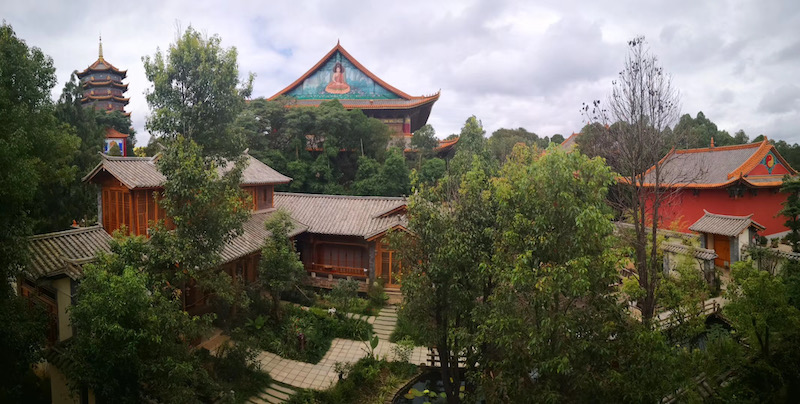
There is no distinction between students and teachers in the college. They live together in a community, develop together and maintain their small world. Students don't have to follow compulsory subjects, so-called grading system, or fixed length of learning period. They can decide any time for graduation by themselves.
This liberal and democratic educational system has attracted people from different parts of the world to study and teach here. Everyone in the college is equal regardless of race, class or origin.
There are no definite boundaries between courses, all the subjects are interdisciplinary. Teachers and students work together to create a variety of arts, including painting, sculpture, ceramics, textiles, furniture, photography, architecture, music and so on.
Traditional education will inevitably be replaced by a contempoary concept of studying. By highlighting art education as its core, the Zhuangzi Academic Institute emphasizes art, education and labour work as a combination in a domestic atmosphere for life education.
Located in Sanhe Buddhist Temple of Anning city, the institute is surrounded by plain and unsophisticated landscape with ancient style of decoration, and elegant tranquility. Committed to promote the diversity and professionalism of the local culture and education, the institute offers Chinese cultural courses in terms of Sinology, Lao-zhuang philosophy, Chinese painting, calligraphy, traditional Chinese shadow boxing, tea ceremony, incense ceremony, guqin, chime bells, meditation courses taught by monastery. In addition, the method and process of making enzyme and flower cakes has been introduced.
The Zhuangzi Academic Institute also offers art courses and practices including traditional Chinese aesthetics, western aesthetics, basic theory of painting, sketching, materials, handwork, assisting and participating in the creation of tutors, etc.

ChuangTzu International Arts & Communications Center

Focusing on public welfare, professionalism and independence, the center actively participates in and supports the local government's cultural development strategy, as well as cooperates with the government to implement key cultural development project. By promoting the interaction between Chinese folk art and international contemporary art, through exhibitions, academic researches, cultural exchanges, education, media publishing and international art projects, we strive to establish an operational mechanism for future art projects that based in China.
Zhuangzi Contemporary Art Museum
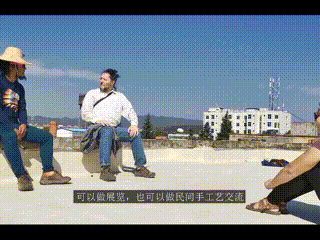
The gallery locates at the center of the Bajie township, covering 1,400-square-meter, established on the basis of the redevelopment of an old government courthouse. It is a modern art museum that integrates comtempoary art, design, photography, achitecture, music, therater, cultural and academical activities from different cultural, religious, national background. By regularly planning high-level art exhibitions, festivals, artistic and cultural innovation and other activities, our art gallery is sure to stimulate arts and cultural activities from local artists. While bringing modern aesthetics into BajieŌĆÖs rural revitalization, the gallery merges BajieŌĆÖs traditional culture into the urban life, and actively explores and practices the multiple possibilities of urban-rural interaction.
Platform
The Project not only includes an Academic Institute, and a creative art center, but also independent projects such as artistic-musical theater, design studio, publishing house, artisans' market ... or anthing that contributes to the environmental sustainability with an artistic approach.
ChuangTzu is a dynamic, open platform. We offer a warm and beautiful home, with food and lodging. In return, we will exchange skills and inspire each other. Your most important contribution is an openness to share and receive ideas.
We provide a communication platform
where not only provides opportunities for youth
but also for scholars and artists
from all over the world to create, connect,
and explore an ideal lifestyle of human beings.
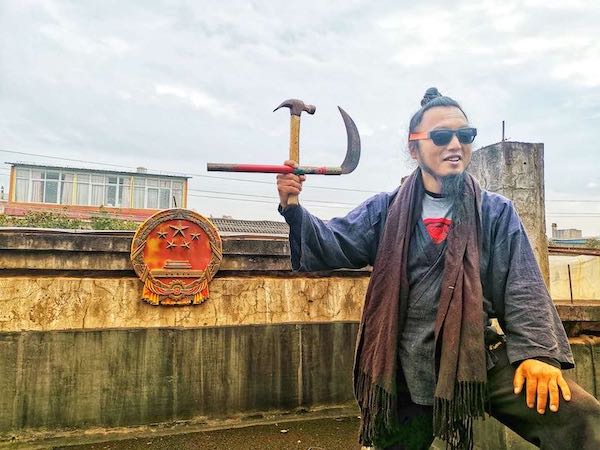
ChuangTzu Daily life
There is no distinction between students and teachers in the college. They live together in a community, develop together and maintain their small world. Students don't have to follow compulsory subjects, so-called grading system, or fixed length of learning period. They can decide any time for graduation by themselves.
Myanmar Refugee Project

2018
An accidental chance brought Mu and Master Changding together. After learning about Sanhe Charity has been donating to the children of Myanmar North Enxin School, Mu went to Burma and became a monk for a month. He found out most of these children were orphans, living in a under-constructed school. Mu was impressed by their eagerness to change their destiny with knowledge. He decided to start a fund-raising movement with his paintings, with all fundings going to these children's education.
Mayan and Dongba "living fossils" to interpret "dead fossils"
2018 Mayan and Dongba
In my hometown, Lijiang, there is the only living hieroglyph "Dongba" in the world. Compared with some famous hieroglyphs in world history, such as cuneiform in Sumerian civilization, Chinese oracle bone inscriptions, and Mayan script in Central America, Dongba The writing appears to be more simple and primitive, and it is the only pictograph still in use in the world. It plays a very important role in the study of the origin of human writing, and it can be called a "living fossil" that has witnessed human history. It is said that the Mayan civilization has been destroyed by humans and lost. There are a large number of "dead fossils" that no one can understand. I am very curious about the difference and relationship between these two languages, and the relationship between these two civilizations. What happened? One alive and one dead?
I have a bold idea to use "living fossils" to interpret "dead fossils" to see if I can find the code to unlock human civilization?
The project is still in progress











